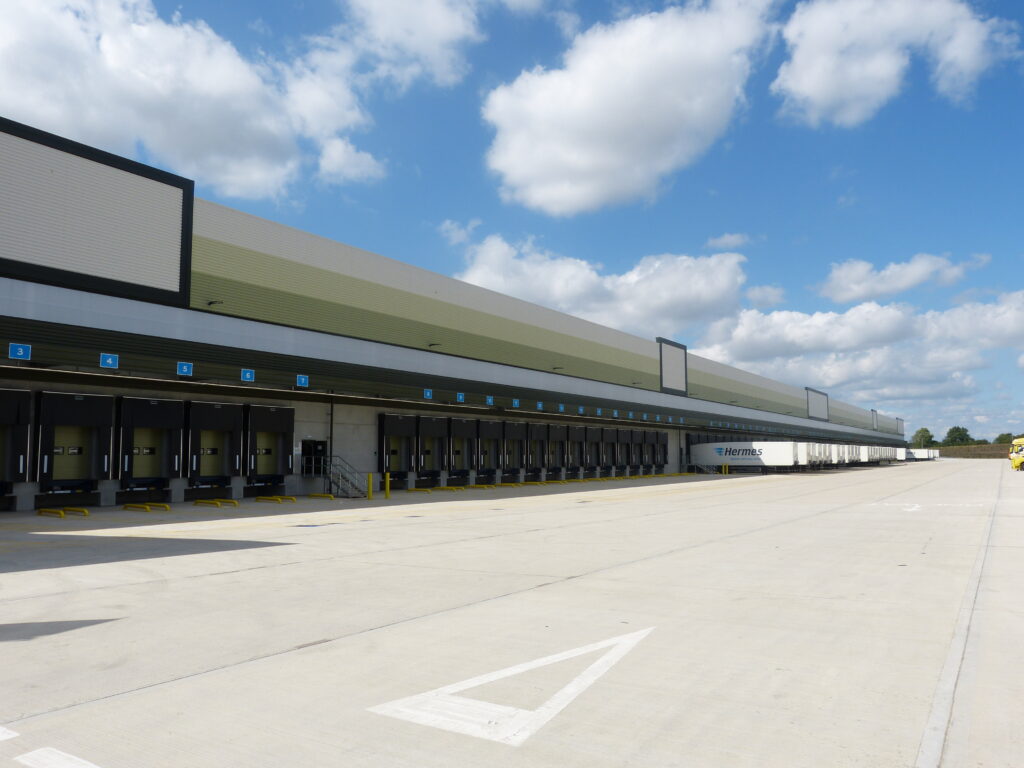UK Logistics Sector Returns to Pre-Pandemic Level
8th January 2024

Occupier demand for UK logistics and industrial space returned to its pre-pandemic norms following a year of tough market conditions, according to newly-published data from global real estate services firm Cushman & Wakefield.
According to the firm, more than 10.2 million sq ft of space transacted in the occupational market during Q4 2023, taking the total annual figure to 32.5 million sq ft.
The Q4 volume of 10.2m sq ft was a 2% increase on Q4 2022’s 10m sq ft. While marginal it will serve as a cause for cautious optimism in a market which saw just 13.5m sq ft transact across the two previous quarters. Take-up for the full year 2023 represents a 41% decrease on the 2022 total but falls just 2% below the 10-year pre-pandemic average.
Demand has been driven by a much wider pool of business during 2023, with healthcare, MedTech, food related businesses and advanced engineering companies all active nationally, while film studios and creative industries have been taking more space in and around London.
This diversity of demand has been important during a period in which the market has experienced a notable absence of large third party logistics, ecommerce and retail demand. Interest rate hikes and the subsequent impact on retail volumes, as well as the easing of the supply chain pressures that had induced a wave of additional demand in recent years, has caused demand from these areas to drop back.
Inflationary pressures have also driven some occupiers to seek out and develop their own purpose-built facilities in response to rental levels. Upcoming sustainability and environmental regulations appear to be dissuading occupiers from taking poorer quality buildings, with Grade C take-up now at its lowest level since 2008.
Richard Evans, Head of UK Logistics & Industrial at Cushman & Wakefield, said: “As expected, 2023 was certainly a challenging year for the market with tough trading conditions and persistent inflation. But the Q4 take-up figures and the breadth of demand highlights just how robust and resilient the market can be in the face of such pressure, and we’re delighted to see such a variety of businesses acquiring modern, high-quality space. We expect to see continued improvement in market conditions throughout 2024 as consumers and businesses regain confidence and the wider economic recovery begins.”
Cushman & Wakefield also states that concerns around oversupply are beginning to fade as the development pipeline dwindles, and the surge of grey space returning to the market has cooled off. Following a sharp increase in the supply of available space from Q4 2021 onwards, Q4 2023 represented a second quarter of only marginal increases. Total availability of space within units of 50,000 sq ft and above rose by just 2% compared with the Q3 value, as a result of the constrained development pipeline and persistent pressures on build and financing costs. Despite a year of rising supply, and some speculation of oversupply in the market, a more forensic examination of available space shows that overall the market continues to be characterised by a lack of choice and pockets of undersupply, supressing occupier choice and potentially holding back demand.

